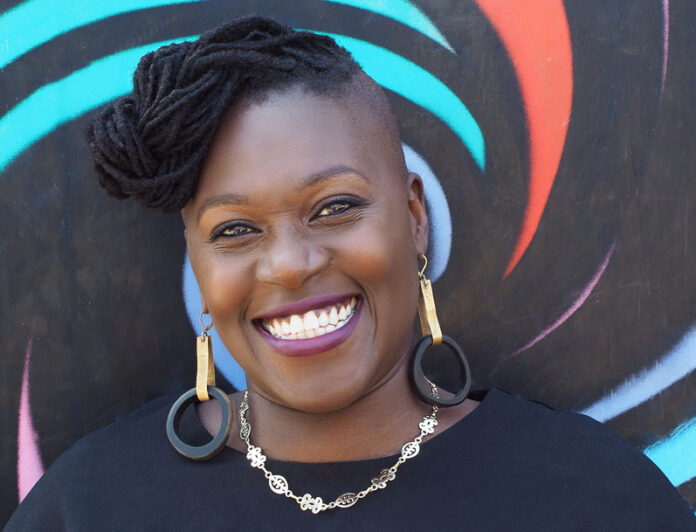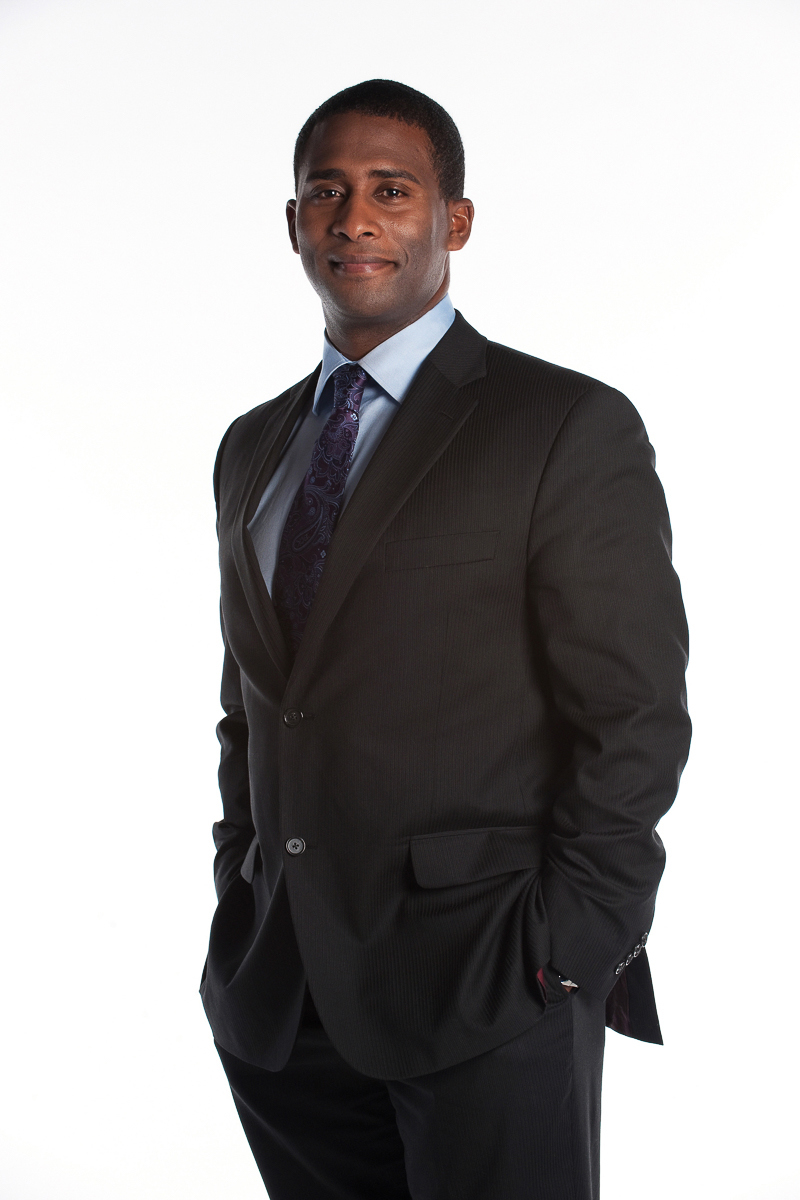
Nana aba Duncan, an associate professor at Carleton University, recalls when she learned she would soon be teaching at Carleton University’s School of Journalism.
“A few students actually wrote to me and said ‘Hi, you don’t know me, but I’m just so glad to see that you’re going to be here’ … I already knew I was making the right choice, but it just solidified it,” Duncan said.
Duncan is the inaugural Carty Chair for the School of Journalism. The chair position is the first of its kind in a Canadian journalism school and focuses on anti-racism, equity and more in educating student journalists and the media industry at large.
Duncan’s hire was part of the School of Journalism’s plan to bring in more women and Black faculty members.
Institutions such as Carleton’s journalism school, like many others, were made with mainly white people in mind, Duncan said. For her class, “Journalism and Belonging,” she said she wants to teach students how to report in multi-racial settings and be more inclusive in their reporting.
It’s also important that Carleton University is hiring more instructors of colour for their journalism program, Duncan explained. Alongside her, the school has also hired Ottawa anchor Adrian Harewood as an associate professor, as well as other contract instructors.

Duncan may represent how the journalism school is starting to change, much of which is in response to a Call to Action from journalism students and alumni launched in June 2020. Their main points being that the school needs to review its current policies to stop perpetuating systemic discrimination toward students who identify as Black, Indigenous and people of colour and students must be given a chance to review the changes too.
According to a report by Carleton’s journalism program published in 2021, student-led groups had begun examining how they could “comfortably raise” their complaints and have them addressed by the faculty and staff of the journalism program in 2019. This initiative was cut short by COVID-19, however, as was a planned public event that would have brought in journalists of colour and from other marginalized groups to discuss challenges in modern newsrooms.
Allan Thompson, the associate director of Carleton’s School of Journalism and Communication, said the school has made a number of commitments in response to the Call to Action. One of those commitments includes an annual report on how the faculty at Carleton’s School of Journalism self-identify.
According to the school’s report, the percentage of full-time Black faculty members increased from zero to 11 per cent since June 2020 and full-time racialized faculty members rose from six to 16 per cent. However, 84 per cent of the School of Journalism’s full-time faculty remains white.
Thompson said his biggest concern is having a faculty that better reflects the program’s student body.
“I think our students are a fairly accurate reflection of the Canadian population. Our faculty still isn’t,” Thompson said. From his personal experience, he said he’s mostly seen a faculty of white males.
The Call to Action urges the journalism program to collect more race-based data on its students and provide students with better guidance on how to report on Indigenous communities. These are both points Thompson recognized in an interview with the Charlatan.
The school’s report states a formal change to the undergraduate journalism curriculum has been made this academic year.
Journalism students who started the program in 2020 now have to take a mandatory Indigenous studies course, Thompson said. Students can choose between “Introduction to Indigenous Peoplehood Studies,” “Introduction to Indigenous-Settler Encounters” and “Contemporary Indigenous Studies.”

“During my whole time [at Carleton], I didn’t have a single professor who was a person of colour. Being a woman of colour, that was pretty disappointing,” Harmsen said.
Harmsen said many of the stories she wanted to cover as a journalism student were about race and intersectionality, but she never had a professor who could speak about these matters or understand them.
“We didn’t really ever talk or learn about how to report on marginalized communities,” Harmsen said. “That was something I thought we would learn in school and it’s just something that never came up once. That was a little bit frustrating for me … Why would we not learn about that?”
In an open letter published in June 2020, Thompson and Susan Harada, the former head of Carleton’s journalism program, wrote that they recognized their roles as departmental heads in perpetuating systemic racism in the education of young journalists.
“We have read – and endorse in principle – the Call to Action published on June 11 by a group of graduates and current students,” the letter states.
Harmsen explained the Call to Action came together when both undergraduate and master’s journalism students at Carleton were seeing the racial recognition that was happening in other schools, particularly X University, formally known as Ryerson University.
Kristyn Landry, a fourth-year journalism student at X University, said in her experience, her school has problems similar to Carleton, with a lack of Indigenous reporting courses being a commonality.
“One of the first stories we had to do for an assignment was about our statue on campus of Egerton Ryerson. That was in my first year,” Landry said.
Egerton Ryerson was an architect who designed residential schools—a tool used to enact cultural genocide on Indigenous peoples. As such, students had been calling for the statue’s removal, which happened only when a group of protestors toppled it back in 2021.
“If I were to have to write a story like that, I would need to do the research on my own … In that sense, I don’t really feel we’ve been prepared as well,” Landry said.
Nehaa Bimal*, a second-year journalism and humanities student from India, said she is enjoying the program at Carleton so far. She said she’s glad to know the School of Journalism is becoming more equitable.
Bimal, however, said she does not feel represented in her class amongst her peers and instructors.
“There’s a lot less people of colour in the classroom, especially for international students. I’m one of the few,” Bimal said. “I want to get into journalism after the program. I want to really put myself out there, but seeing there’s not enough diversity in my school, I wonder what it’s going to be like when I get out into the real world and start reporting.”
Bimal hasn’t learned much about reporting on Indigenous communities or race but did say Duncan has been a guest lecturer in some of her classes.
“I’m a person of colour so to see someone else talk about similar experiences or their own experiences getting out into the news world, it’s pretty harrowing,” Bimal said. “When she speaks to us, I can relate to what she’s saying a lot and I think that’s so needed.”

The school’s report also outlines many steps that will be undertaken as a “way forward,” in response to the other calls to action. Some of these steps include addressing unpaid internships, implementing more diversity across the curriculum and establishing an external advisory council to review the school’s progress.
Unpaid internships are one of the most important comments on the Call to Action, Olivia Bowden, a Carleton journalism alumna and contributor to the report, said.
“For students who are lucky enough to be in a position like that, internships are easier on them and that says a lot about who ends up successful in the field of journalism,” Bowden said.
Bowden is now a reporter at the Toronto Star. She credited her success to having a relatively positive internship, but stressed it was her ability to do things like living at home and commuting that allowed for it.
Internships on their own can be quite taxing. When they’re unpaid that only amplifies the burden, Bowden said.
“[Students] should not be framed as completely inexperienced people. These internships are all highly competitive, you’re often getting extremely hardworking students. The best of the best,” Bowden said.
Yet still, many of these students can end up having much of their work go unpaid.
“Honestly, I’m embarrassed to be in an industry that would treat its younger people like this and has continued to do so without any shame,” she said.
Bowden pointed out a contradiction that lies within student internships: what’s supposedly a learning experience is really a competitive market, where only the best are chosen.
While journalism schools are trying to make things better for their students, Bowden said they need to continue to pressure the news industry to treat their interns better.
“These journalism schools have a lot more power than how they’re acting and I think they should use that power. The truth is, students are not in a position to negotiate these things themselves, they don’t have that level of agency,” she said.
For @JSchool_CU! Journalism & Belonging, 2022
How might a focus on belonging impact our craft & community?
✅ Discover how to be a more inclusive journalist
✅ Report on your community as you define it, & others
✅ Learn how bias influences editorial decisions & career paths pic.twitter.com/BUOMzeRQOD— Nana aba Duncan (@Nanaaba) July 26, 2021
As Duncan shapes the minds of the next interns and graduates from Carleton’s journalism program, her weekly urgency of figuring out what to air on the news has been replaced with the curiosity of what she’ll be teaching in her classrooms. While prepping for her class, “Journalism and Belonging,” which helps students report in multi-racial settings, she hopes students will be better equipped to report equitably.
“There’s a recognition of our role as journalists,” Duncan said. “In terms of reporting on issues that matter to Canadians, in a way that’s much more inclusive.”
Featured photo provided by Nana aba Duncan.
*Nehaa Bimal has contributed to the Charlatan.





